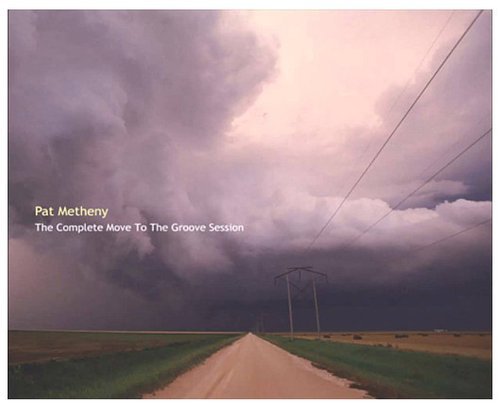Armoniosoincanto, Franco Radicchia - Monteverdi: Canzonette a tre voci, Venice 1584 (2016) [Hi-Res]
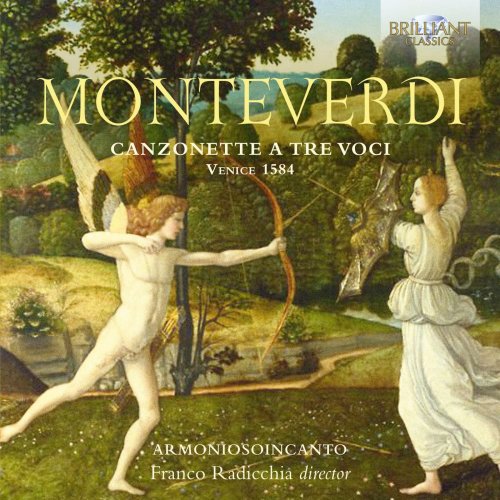
Artist: Armoniosoincanto, Franco Radicchia
Title: Monteverdi: Canzonette a tre voci, Venice 1584
Year Of Release: 2016
Label: Brilliant Classics
Genre: Classical
Quality: flac lossless / flac 24bits - 44.1kHz +Booklet
Total Time: 01:11:09
Total Size: 385 mb / 721 mb
WebSite: Album Preview
TracklistTitle: Monteverdi: Canzonette a tre voci, Venice 1584
Year Of Release: 2016
Label: Brilliant Classics
Genre: Classical
Quality: flac lossless / flac 24bits - 44.1kHz +Booklet
Total Time: 01:11:09
Total Size: 385 mb / 721 mb
WebSite: Album Preview
01. Canzonette a tre voci, SV 1-21: I. Qual si può dir, SV 1
02. Canzonette a tre voci, SV 1-21: II. Canzonette d'amore, SV 2
03. Canzonette a tre voci, SV 1-21: III. La fiera vista, SV 3
04. Canzonette a tre voci, SV 1-21: IV. Raggi dov'è il mio ben, SV 4
05. Canzonette a tre voci, SV 1-21: V. Vita de l'alma mia, SV 5
06. Canzonette a tre voci, SV 1-21: VI. Il mio martir, SV 6
07. Canzonette a tre voci, SV 1-21: VII. Son questi i crespi crini, SV 7
08. Canzonette a tre voci, SV 1-21: VIII. Io Mi vivea, SV 8
09. Canzonette a tre voci, SV 1-21: IX. Su su su, SV 9
10. Canzonette a tre voci, SV 1-21: X. Quando sperai, SV 10
11. Canzonette a tre voci, SV 1-21: XI. Come farò cuor mio, SV 11
12. Canzonette a tre voci, SV 1-21: XII. Corse alla morte, SV 12
13. Canzonette a tre voci, SV 1-21: XIII. Tu ridi sempre mai, SV 13
14. Canzonette a tre voci, SV 1-21: XIV. Chi vuol veder d'inverno, SV 14
15. Canzonette a tre voci, SV 1-21: XV. Già Mi credea, SV 15
16. Canzonette a tre voci, SV 1-21: XVI. Godi pur del bel sen, SV 16
17. Canzonette a tre voci, SV 1-21: XVII. Giù li a quel petto, SV 17
18. Canzonette a tre voci, SV 1-21: XVIII. Si come crescon, SV 18
19. Canzonette a tre voci, SV 1-21: XIX. Io son Fenice, SV 19
20. Canzonette a tre voci, SV 1-21: XX. Chi vuol vedere un bosco, SV 20
21. Canzonette a tre voci, SV 1-21: XXI. Hor care canzonette, SV 21
![Armoniosoincanto, Franco Radicchia - Monteverdi: Canzonette a tre voci, Venice 1584 (2016) [Hi-Res]](https://www.dibpic.com/uploads/posts/2020-10/1602783973_armoniosoincanto-franco-radicchia-monteverdi-canzonette-a-tre-voci-venice-1584-2016-back.jpg)
The madrigals of Monteverdi are famously complex marriages of text and music in which no effort is spared to illustrate the expression of love lost and found within the given form of densely textured vocal chamber music. The canzonettas are rather simpler, both to sing and to appreciate, though not without many of their own pleasures. They have been overlooked on record in favour of complete madrigal collections, but this new recording should help to reassess their value.
Monteverdi’s collection begins with a text in homage to ‘il signor Pietro Ambrosini’, to whom the publication was dedicated. It concludes with a formal expression of farewell and thanks to his listeners. In between are another 19 songs, derived from a form first devised by Orazio Vecchi, perhaps with amateur musicians and domestic settings in mind given their less elaborate qualities. Monteverdi is prepared to be musically more radical than Vecchi, however, and while largely respecting the homophonic declamation of text which is prescribed by the genre, there are passages of exuberant ornamentation and sighing echoes according to the nature of the poetic expression, whether laughing or crying from love.
Armoniosoincanto is an ensemble of largely female voices which has been performing and recording for almost 20 years; this is their third recording for Brilliant Classics, after beautifully contoured discs of Couperin (the Masses for the Parishes and Convents, BC94333) and the rather less familiar Laudario di Cortona (BC94872), a chant-book from the Middle Ages. They are based in the regions of Umbria and Tuscany, in the heart of Italy, and made this recording in the Umbrian town of Assisi. For
this recording they were joined by a mixed period-instrument ensemble of flutes, violas, theorbo and harpsichord.
The genre “canzonette” is the light version of the madrigal: using only 3 voices it is playful and popular in character, based on secular poems in a strophic form of 3 or 4 verses with ritornello.
Monteverdi composed his “Canzonette a tre voci” when he was 17, in order to gain recognition with a wider audience, and they have proven to be a perfect preparation for the more serious and complex works he later embarked on, such as the madrigals and the operas.
Performed with the right light hearted mood and dramatic impact by Armoniosoincanto, conducted by Franco Radicchia, using a rich continuo ensemble consisting of flutes, viola da braccia, viola da gamba, theorbo, baroque guitar and harpsichord.
The booklet contains scholarly written liner notes and biography, both in Italian and English.
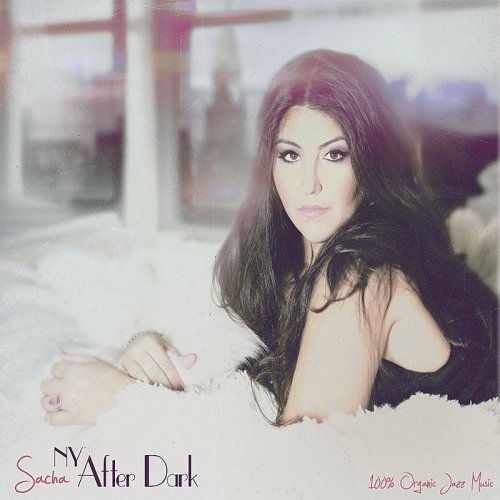
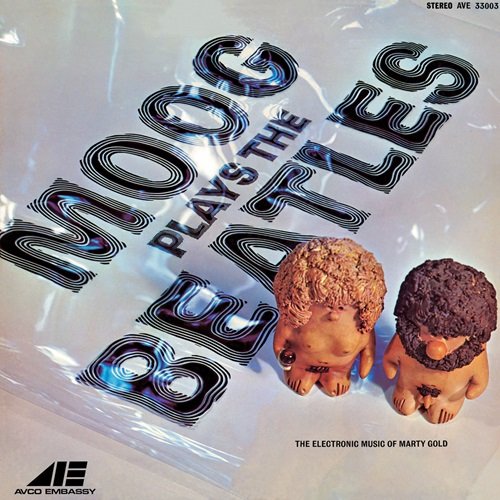
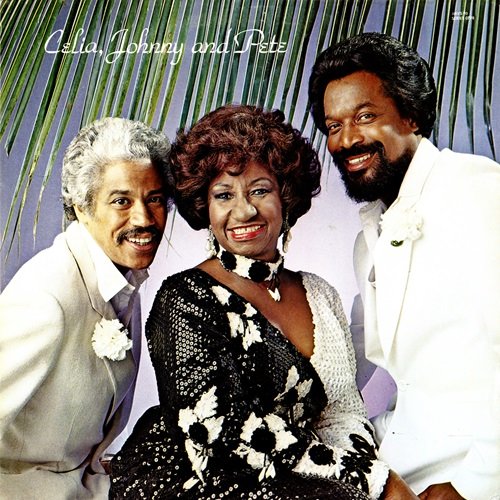
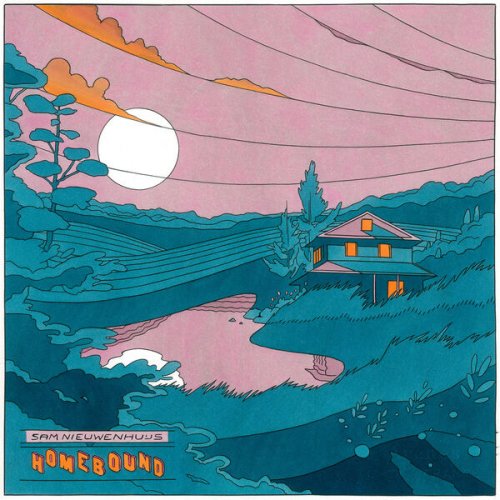
![Philipp Gropper’s Philm - Sun Ship (2017) [Hi-Res] Philipp Gropper’s Philm - Sun Ship (2017) [Hi-Res]](https://img.israbox.com/img/2025-12/22/lxfeu4bqs3xus6ku842hruzby.jpg)
![Clifton Chenier - Black Snake Blues (1986 Edition) (1986) [Hi-Res] Clifton Chenier - Black Snake Blues (1986 Edition) (1986) [Hi-Res]](https://img.israbox.com/img/2025-12/20/5hzj0ndlb0r4b8ignhx86mdc7.jpg)


